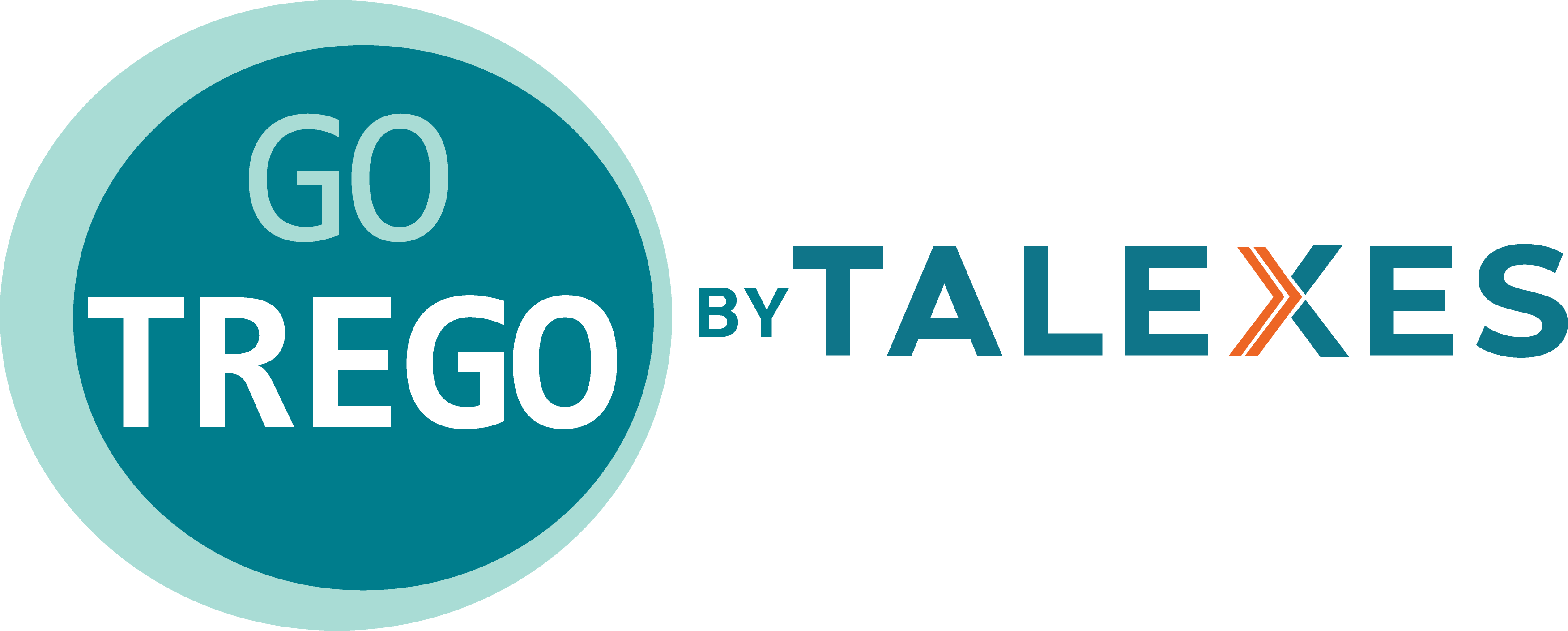The landscape of high-volume hiring has witnessed a profound transformation with the evolution of talent assessments. From rudimentary aptitude tests to sophisticated cognitive evaluations, assessments have become integral to shaping efficient and effective hiring practices. Here are seven compelling reasons illustrating the pivotal role of talent assessments in enhancing high-volume recruitment and fostering employee development:
1. Streamlined Screening Process
High-volume hiring often inundates recruiters with a deluge of applications, overwhelming the initial screening phase. Talent assessments offer a systematic and automated solution, enabling recruiters to evaluate candidates’ skills and competencies efficiently. By filtering out unsuitable candidates early in the process, assessments streamline screening, saving valuable time and resources while ensuring a focused approach to engaging with promising candidates.
2. Accurate Quality Forecasting
Forecasting the quality of hires is paramount in talent acquisition, necessitating predictive insights into candidates’ potential performance. Talent assessments furnish recruiters with data-driven analytics, offering invaluable insights into candidates’ suitability for the role and organizational culture. Armed with this information, recruiters can make informed decisions, selecting candidates poised for success and positive contributions to the organization.
3. Pre-Hire Assessment Utilization
The prevalence of pre-hire assessments has surged in recent years, with a significant percentage of employers incorporating them into their hiring processes. These assessments, renowned for their ability to streamline recruitment, mitigate biases, and elevate the quality of hires, have become indispensable tools in talent acquisition strategies.
4. Balancing Quantity and Quality
Efficient high-volume recruitment hinges on striking a delicate balance between quantity considerations and maintaining hiring standards. Talent assessments and automation facilitate this balance by optimizing the screening process, enabling recruiters to handle a larger volume of candidates without compromising evaluation rigor or accuracy.
5. Identifying High-Potential Talent
High-volume hiring necessitates identifying candidates with the potential for growth and development within the organization. Talent assessments play a crucial role in this regard, helping recruiters pinpoint individuals with the requisite skills and capacity for advancement. By investing in the development of high-potential talent, organizations nurture future leaders and cultivate a robust pipeline for succession planning.
6. Enhancing Employer Brand
Talent assessments contribute to a positive candidate experience, showcasing the organization’s commitment to transparency and data-driven decision-making. Candidates who undergo a structured and fair evaluation process are more likely to view the organization favorably, bolstering the employer brand and attracting top talent for future recruitment endeavors.
7. Cost Reduction
By optimizing recruitment processes and streamlining candidate shortlisting, talent assessments yield significant cost savings for organizations. By minimizing the number of interviews and administrative overheads, assessments enable efficient resource allocation, ensuring cost-effective hiring decisions without compromising on talent quality.
Conclusion
In today’s competitive job market, high-volume hiring poses multifaceted challenges for organizations seeking to attract top talent. Talent assessments emerge as a transformative solution, offering streamlined screening, objective evaluation, and identification of high-potential candidates. By harnessing the power of assessments, organizations can elevate the quality of hires, enhance their employer brand, and achieve substantial cost savings. With scalable and data-driven approaches, talent assessments pave the way for efficient and successful high-volume recruitment, propelling organizations towards sustained growth and success while nurturing employee development.





